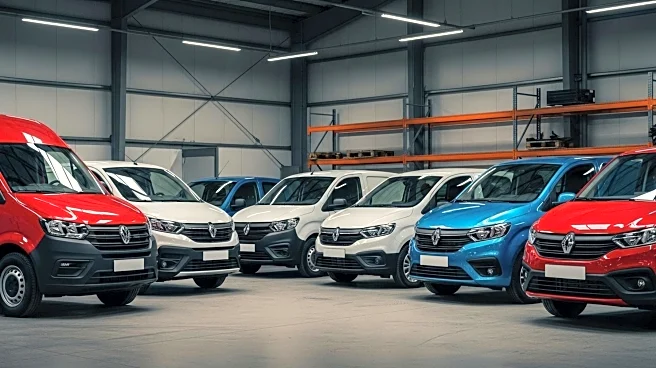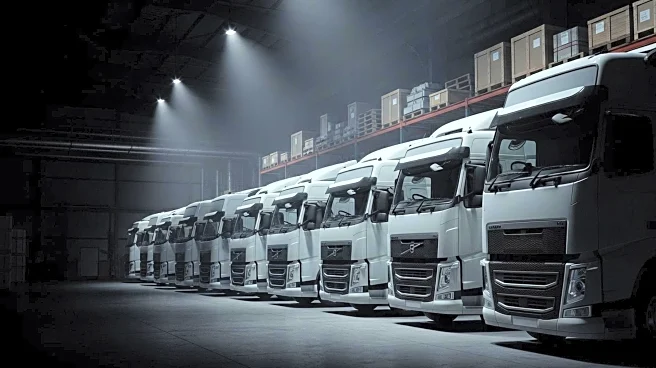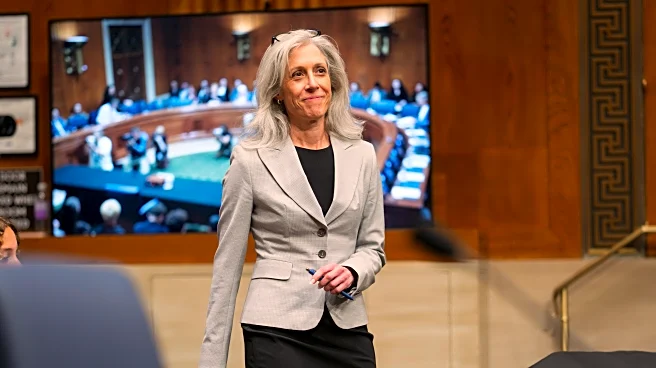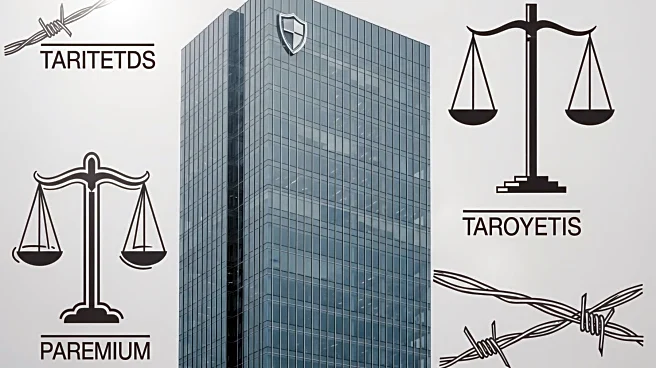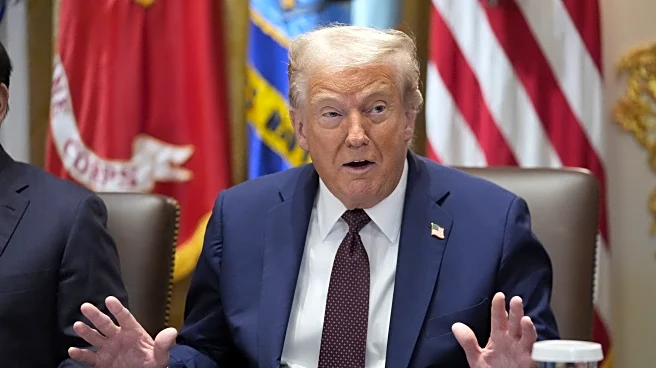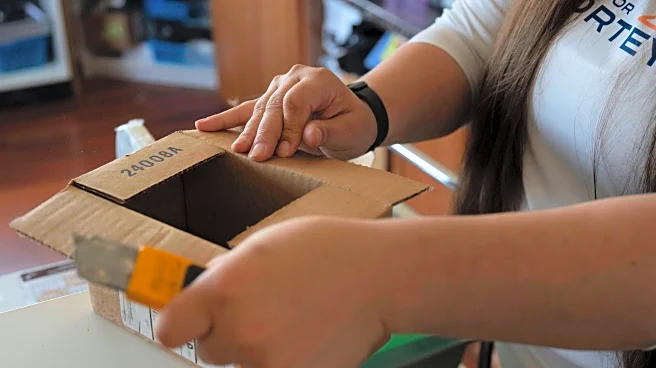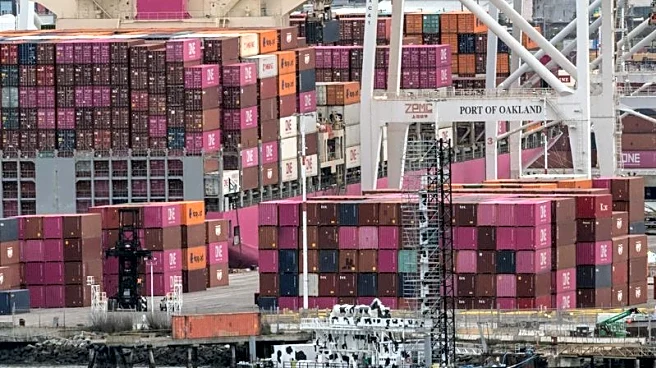What is the story about?
What's Happening?
The commercial vehicle market is experiencing significant challenges due to tariffs and regulatory changes. Industry experts, including Vieth and Wolfe, have expressed concerns about the impact of tariffs on the economy and the competitiveness of U.S. manufacturers. Tariffs have not yet significantly raised prices, but they have contributed to economic uncertainty and a slowdown in growth. The United States-Mexico-Canada Agreement (USMCA) is seen as a potential stabilizing factor, but its future remains uncertain. Additionally, regulatory shifts, particularly from the Environmental Protection Agency (EPA), are affecting truck purchasing decisions and emissions goals. The industry is also grappling with the transition to electric vehicles (EVs) and other technologies aimed at reducing emissions.
Why It's Important?
The impact of tariffs and regulatory changes on the commercial vehicle market is significant for several reasons. Tariffs can affect the global competitiveness of U.S. manufacturers, particularly in the automotive and trucking sectors. This could lead to reduced profitability and investment in these industries. Regulatory changes, such as those from the EPA, can influence purchasing decisions and emissions targets, affecting the industry's ability to adapt to new technologies like EVs. The uncertainty surrounding trade agreements like the USMCA further complicates strategic planning for companies. These factors collectively contribute to a challenging environment for the commercial vehicle market, with potential implications for economic growth and employment in related sectors.
What's Next?
The industry is closely monitoring developments related to the USMCA and EPA regulations. Companies are waiting for clarity on these issues before making significant investment decisions. The EPA is expected to announce new clean truck regulations, which could impact truck orders and emissions goals. As the industry navigates these challenges, there is potential for increased collaboration and innovation to address the uncertainties posed by tariffs and regulations. The transition to EVs and other emissions-reducing technologies will continue to be a focus, despite regulatory hurdles.
AI Generated Content
Do you find this article useful?
